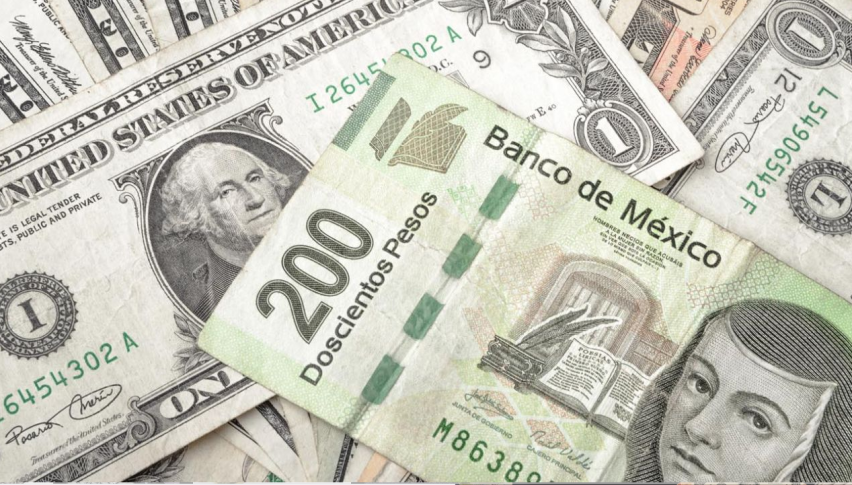The US dollar closed at 4.98 Brazilian reais on average, representing a change of 0.42% compared to the previous day’s figure of 4.96 reais.
Considering the data from the last seven days, the US dollar has seen an increase of 0.28%; however, over the past year, it still shows a decrease of 3.02%.
Compared to previous days, it marked three consecutive sessions with positive digits. Regarding the volatility of the past few days, it stood at 5.91%, which is clearly lower than the annual volatility figure (10.74%). Therefore, in this latest phase, it is experiencing fewer fluctuations than expected.
The Brazilian economy positioned itself as the fastest-growing in Latin America driven by the agricultural sector and exports; however, the National Confederation of Industry (CNI) estimates that this year will not see a repeat of this situation due to the lack of a solid foundation.
The CNI believes that the international economic context will prevent the same historical increases as last year and expects a slowdown of up to 0.2 percent.
Regarding the economy, like other countries in the region, Brazil has had to face the monster of inflation, which rose to as high as 11 percent in 2022.
The landscape becomes more complicated with the recent change in the country’s politics, as Luiz Inácio “Lula” da Silva assumed a new presidential term, the third in his lifetime, in a context where the economy shows improvements but pandemic aid and increased social benefits have created a significant fiscal hole that must be addressed with spending reductions and tax hikes.
The tax on investment funds for Brazil’s super-rich, implemented by President Luiz Inácio Lula da Silva’s government, allowed January’s tax collection to be the best in history.
The increase in tax collection, which nearly reached 7% year-on-year, is considered a key element for the goal of zero deficit set by Finance Minister Fernando Haddad for 2024, within the new fiscal framework. This framework replaced the public spending ceiling for 20 years that was in place from 2016 until last year. This was indicated by the Receita Federal, the tax collection agency under the Ministry of Finance.



















